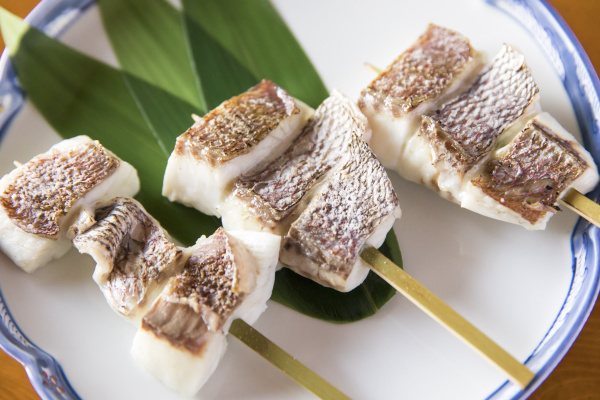Japanese Craft Gin Embodying the Sophistication and Fine Quality of Kyoto
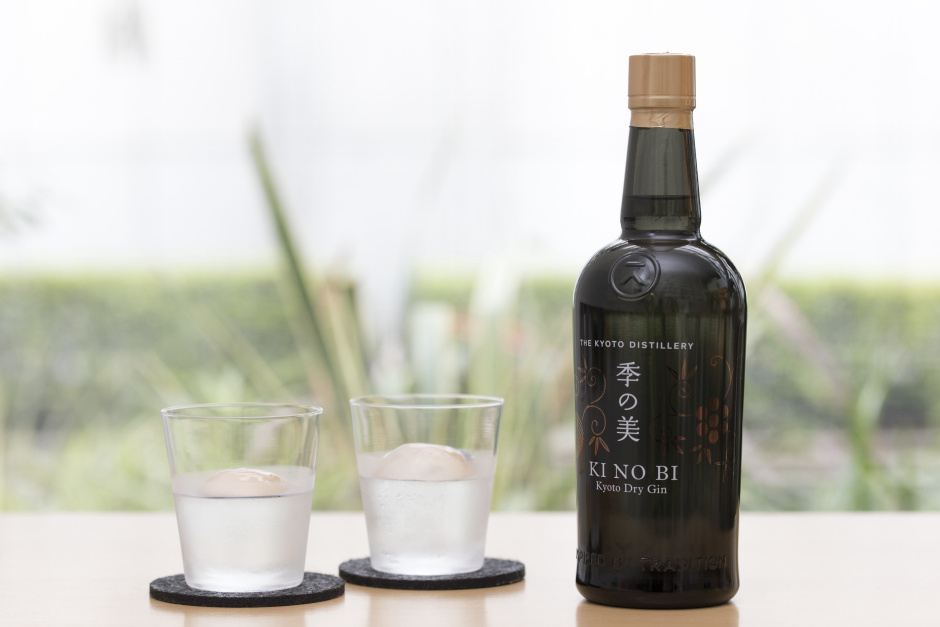
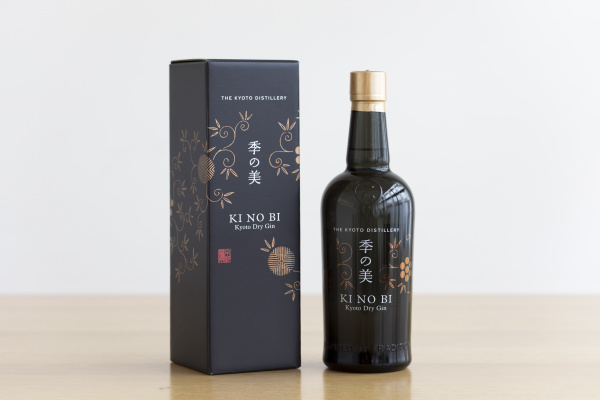
Gin offers a characteristic sharpness and fragrance that spreads within the mouth, created with botanicals such as juniper berries and distilled spirits. The botanicals in KI NO BI are carefully selected ingredients from Kyoto, and are the product of the first ever gin distillery in Japan to embody the refined craftmanship of Kyoto. The flavor of Japan can be experienced with this craft gin.
Here are some reasons why the Kyoto Distillery’s KI NO BI is recommended as a gift.
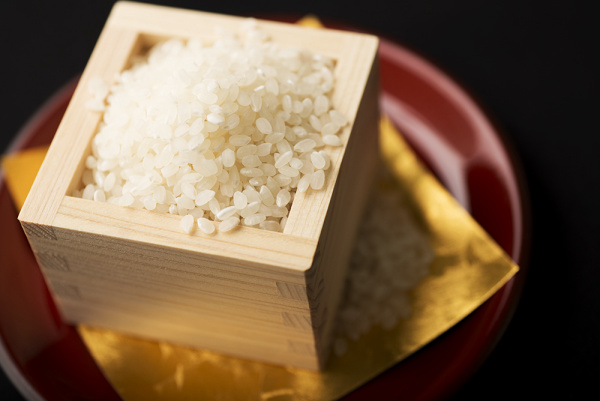
Eleven types of Japanese and Kyoto-born botanicals that match well with Japanese cuisine
The greatest characteristic of KI NO BI is that it is created with Japanese ingredients. Gin is based on its base spirits, blend water and flavor components derived from botanicals.
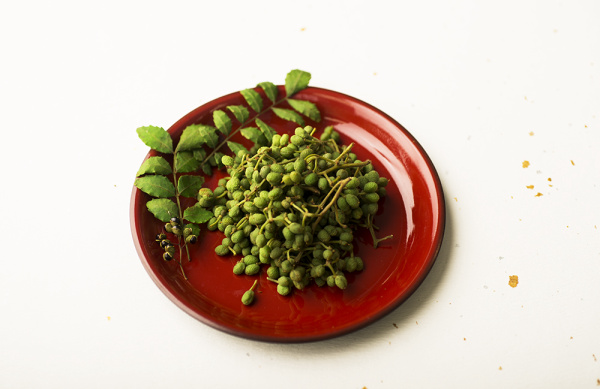
For the first time in a gin product, KI NO BI has incorporated rice spirits and the famous Fushimi spring water for its blend water. It also incorporates Japanese ingredients such as green shiso leaves, Japanese pepper and its leaf buds, yuzu citrus, Japanese cypress, ginger, bamboo grass and lemon. For this reason, it is a wonderful match with Japanese foods such as sashimi or yellowtail teriyaki.
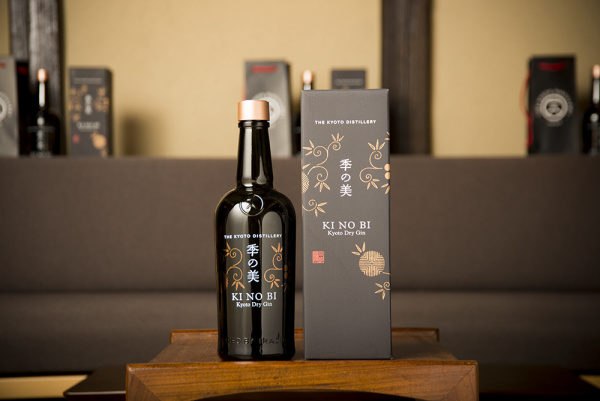
Packaging that emits the ambience of “Kyoto”
The packaging for KI NO BI was carried out by KIRA KARACHO, a karakami (paper for sliding doors) shop that was established in 1624. The beautiful patterns and gold/silver designs of karakami, used on papers for sliding doors, were applied as a motif to create oriental and chic packaging that emits the ambience of “Kyoto.”
Creating “Kyoto-isms” with Japan’s first ever craft gin

We talked to David Croll, who established the Kyoto Distillery—the first ever Japanese distillery to specialize in gin and create unique craft gin. He had the novel idea of combining the Western alcoholic beverage gin with Japanese and Kyoto ingredients and traditional Kyoto pattern designs.
Croll originally managed a company involved with importing and selling whiskey. He had been focused on craft gin, which was gaining much popularity overseas, as the next development for his business. Moved by the special ambience he felt when visiting Kyoto and the amazement experienced by the painstaking and high-quality Kyoto craftsmanship, he decided to manufacture craft gin in the Kyoto region.
“Craft gin did not exist in Japan at that time, so I asked a lot of people what a ‘Kyoto-esque’ craft gin would be. It was more of a collaborative project than just aiming for a ‘Kyoto-esque’ product.”
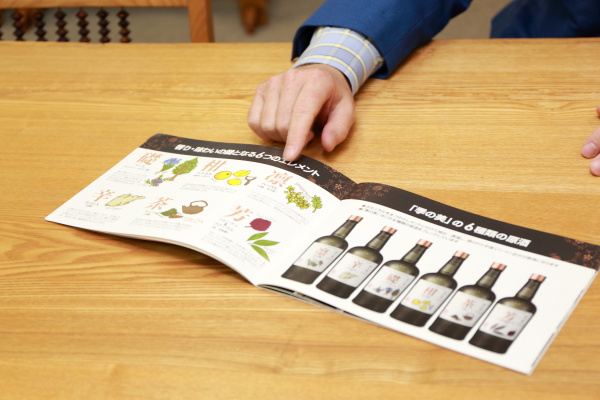
Croll put particular weight on using ingredients from Japan and especially from Kyoto when creating craft gin. In contrast to standard gin, which uses botanicals from around the world, KI NO BI botanicals use only Japanese ingredients, except for juniper berries and orris, which are not available in Japan. Furthermore, the ingredients used all possess a “Japanese” ambience, such as Japanese cypress, yuzu citrus, lemon, refined green tea, ginger, Japanese pepper and its leaf buds, green shiso leaves and bamboo grass. Of the initial 61 ingredients, customer reviews were taken into consideration leaving the current, carefully selected 11 ingredients.
Although the base spirit for gin is generally made from ingredients such as corn, barley or wheat, KI NO BI is the first gin product to use rice spirits. The slight sweetness of the rice spirits creates a clean and soft flavor, which is vital to KI NO BI’s mellow taste.
Recommended with Japanese foods
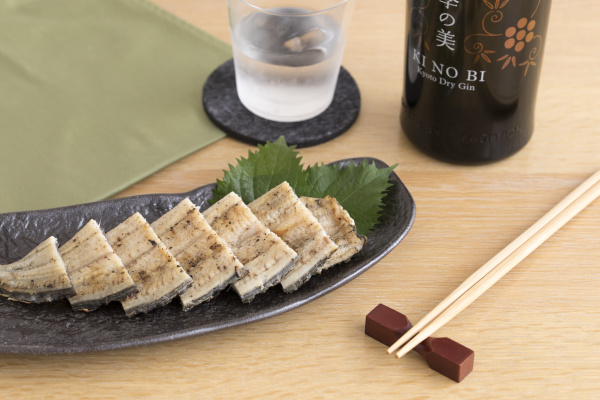
There are various types of alcoholic beverages that appear for meals in Japan, including saké and beer. However, Croll says that enjoying KI NO BI is also recommended with Japanese food. The way of taking KI NO BI is same as the western way of taking gin such as on the rocks or as a gin tonic, and drinking it with hot water or cold water, like saké, is also recommended.
We asked about the recommended dishes to pair with KI NO BI.
“Pairing it with dishes with a delicate flavor is recommended. It goes very well with dishes such as unseasoned broiled eel dipped in wasabi and soy sauce. What is more, we are considering ways to offer customers a course meal pairing foods with the 11 types of botanicals in KI NO BI as well.”
KI NO BI has inherited the mentality of painstaking and high-quality Kyoto craftsmanship. The name is an expression of the beauty of “in-season” blessings. Taking the gin with “in-season” dishes is highly recommended.




